Discover the CF-188 Hornet, Canadas versatile air power workhorse. Learn about its origins, design, and capabilities, as well as its roles in air-to-air combat, air-to-ground strikes, and reconnaissance. Explore its strengths, weaknesses, and upgrades, and understand its significance in the Royal Canadian Air Forces fleet.
The CF-188 Hornet is a multi-role fighter jet that has been a cornerstone of Canada's air power capabilities for over three decades. As a workhorse of the Royal Canadian Air Force (RCAF), the CF-188 has played a crucial role in defending Canadian sovereignty, supporting international peacekeeping missions, and contributing to global security efforts.
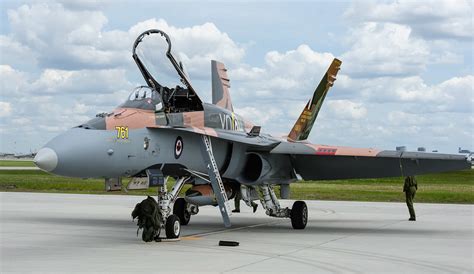
In this article, we will delve into the history, capabilities, and significance of the CF-188 Hornet, exploring its evolution, key features, and operational deployments. We will also examine the challenges and controversies surrounding the aircraft's maintenance and modernization, as well as its planned replacement by the F-35 Lightning II.
Origins and Evolution
The CF-188 Hornet, also known as the F/A-18 Hornet, was first introduced in the 1980s as a replacement for Canada's aging CF-101 Voodoo and CF-104 Starfighter fleets. The RCAF acquired 138 CF-188s, which were manufactured by McDonnell Douglas (now Boeing) and delivered between 1982 and 1991.
Over the years, the CF-188 has undergone several upgrades and modernization programs to enhance its performance, avionics, and combat capabilities. These improvements have included the integration of advanced radar systems, precision-guided munitions, and improved communication systems.
Key Features and Capabilities
The CF-188 Hornet is a twin-engine, multi-role fighter jet designed for air-to-air combat, air-to-ground strikes, and reconnaissance missions. Its key features include:
- Twin General Electric F404 engines, producing 17,000 pounds of thrust each
- A maximum speed of Mach 1.8 (1,127 mph)
- A range of approximately 2,000 nautical miles (3,704 km)
- Advanced radar and avionics systems, including the APG-73 radar and the Tactical Information Display System (TIDS)
- A variety of armament options, including AIM-7 Sparrow and AIM-9 Sidewinder air-to-air missiles, and Mk 82 and Mk 84 general-purpose bombs
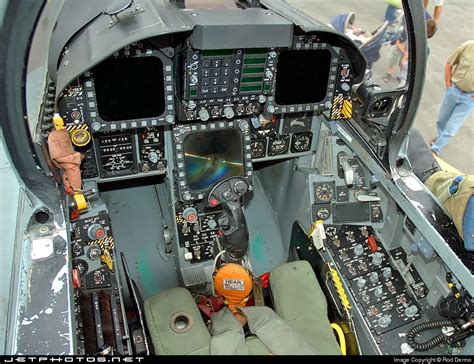
Operational Deployments and Missions
The CF-188 Hornet has been involved in numerous international peacekeeping and combat missions, including:
- Operation Deny Flight (1993-1995): CF-188s were deployed to enforce a no-fly zone over Bosnia and Herzegovina
- Operation Allied Force (1999): CF-188s participated in NATO's bombing campaign against Yugoslavia
- Operation Enduring Freedom (2001-2011): CF-188s were deployed to Afghanistan in support of coalition ground forces
- Operation Mobile (2011): CF-188s were involved in enforcing a no-fly zone over Libya
The CF-188 has also played a critical role in defending Canadian sovereignty, particularly in the Arctic region.
Challenges and Controversies
Despite its impressive capabilities, the CF-188 Hornet has faced several challenges and controversies over the years, including:
- Maintenance and modernization issues: The CF-188 has required significant maintenance and upgrade efforts to keep it operational, which has led to concerns about its reliability and effectiveness.
- Cost and procurement issues: The CF-188 has been subject to cost overruns and procurement controversies, particularly during the acquisition process in the 1980s.
- Replacement by the F-35 Lightning II: The Canadian government's decision to replace the CF-188 with the F-35 Lightning II has been met with controversy and debate, with some arguing that the F-35 is too expensive and unnecessary.
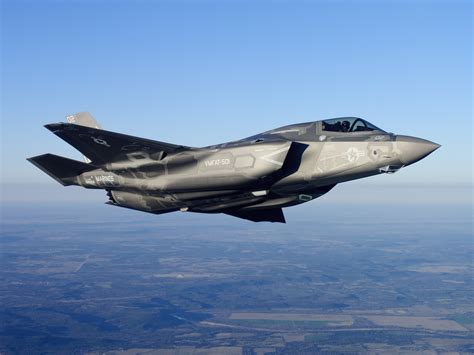
Conclusion and Future Outlook
The CF-188 Hornet has been a stalwart of Canada's air power capabilities for over three decades, providing critical support to domestic and international security efforts. Despite the challenges and controversies surrounding its maintenance and modernization, the CF-188 remains a capable and reliable platform.
As the RCAF begins to transition to the F-35 Lightning II, the CF-188 will continue to play a vital role in supporting Canadian security interests. The lessons learned from the CF-188's operational deployments and maintenance challenges will be essential in shaping the development and deployment of the F-35 and future Canadian air power capabilities.
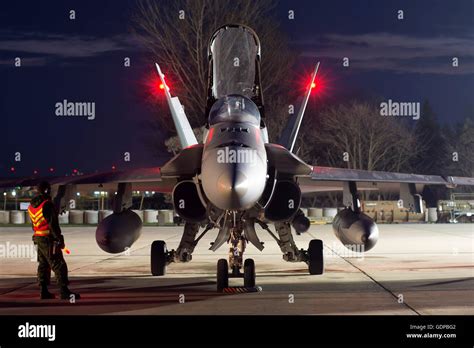
Gallery of CF-188 Hornet Images
CF-188 Hornet Image Gallery
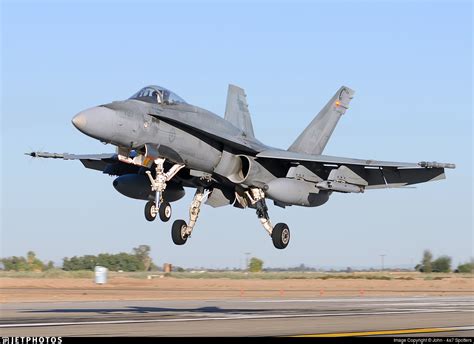
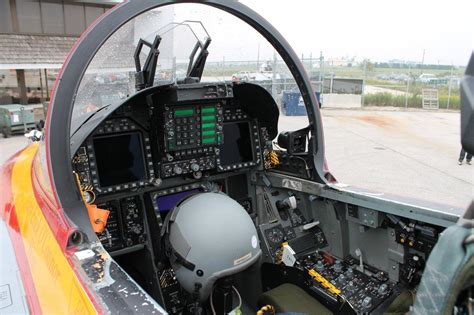
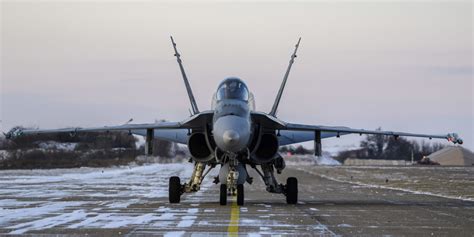
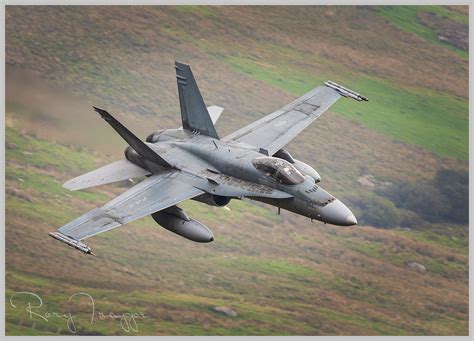
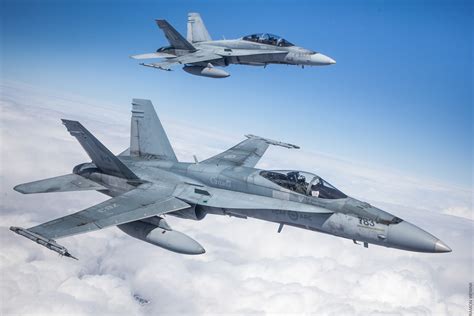
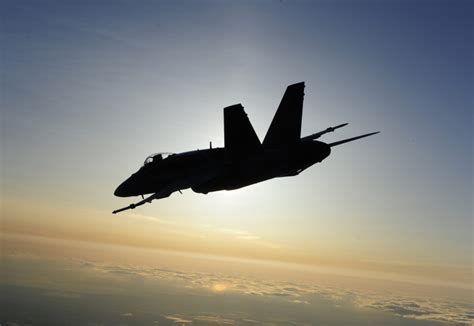
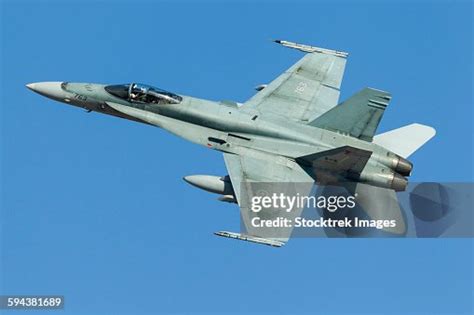
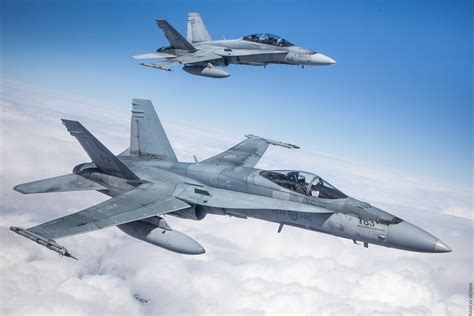
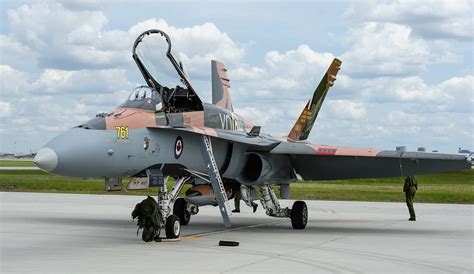
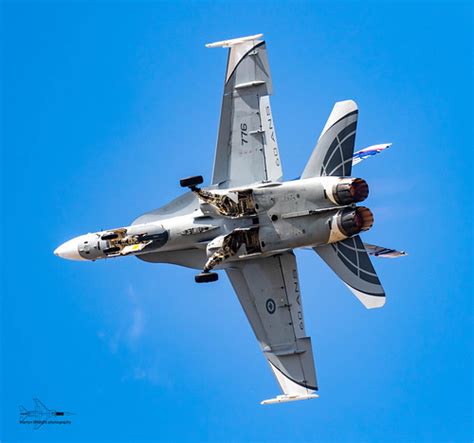
We hope this article has provided a comprehensive overview of the CF-188 Hornet's history, capabilities, and significance. If you have any comments or questions, please feel free to share them below.
